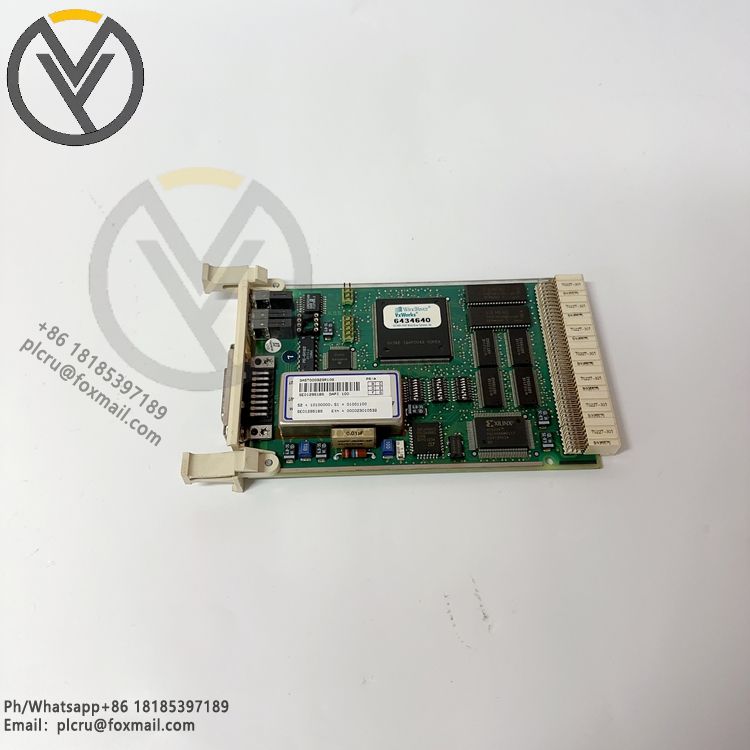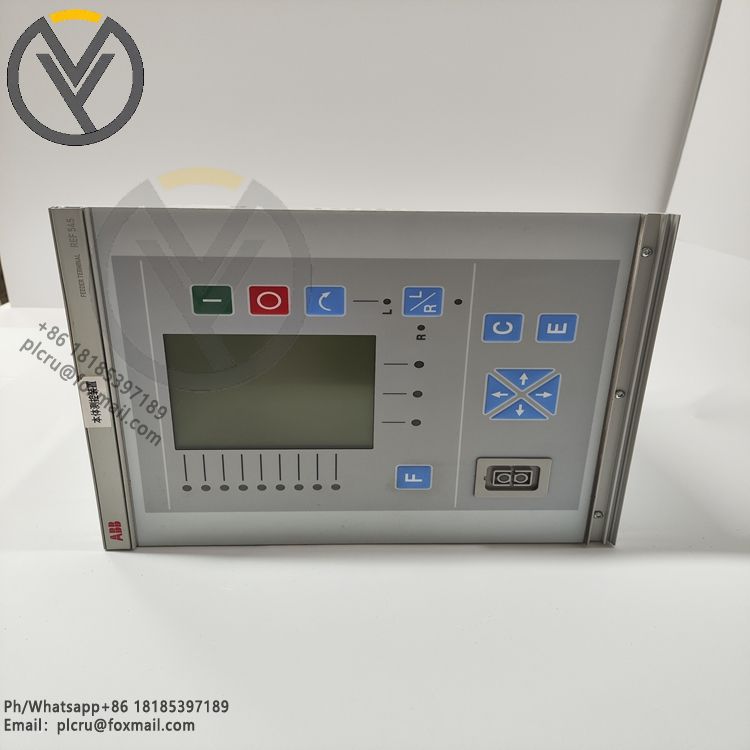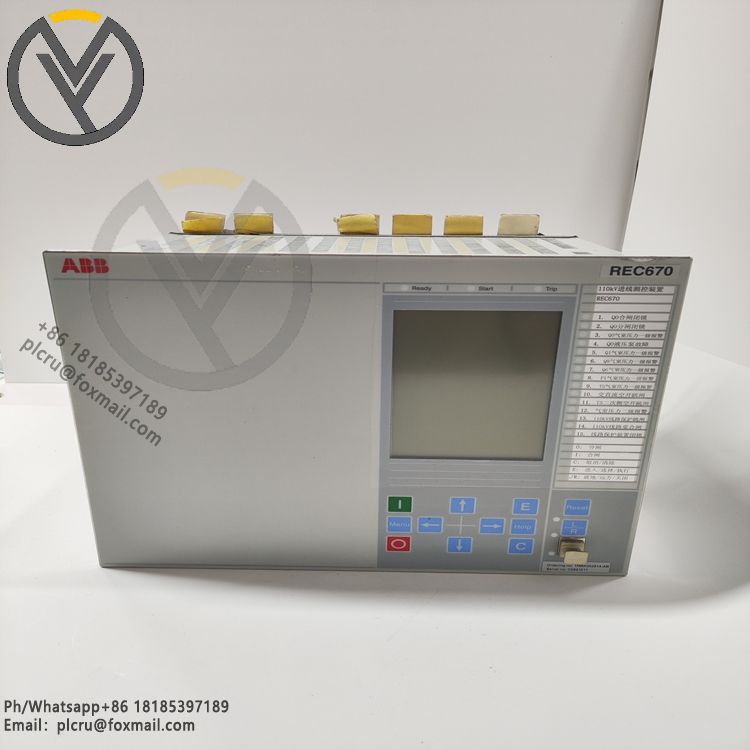
ABB 83SR04R1210 Control Module GJR2390200R1210
Delivery time 3 days
Product origin New/used
Email plcru@foxmail.com
Mobile/wechat /WhatsApp +86 18185397189
ABB 83SR04R1210 control module (GJR2390200R1210) is a key component for industri
ABB 83SR04R1210 control module (GJR2390200R1210) is a key component for industrial automation control systems. Here is some information about it:
Features and functions
High-precision control: It can accurately monitor and control various parameters in industrial processes, such as temperature, pressure, flow, etc., to ensure the stability of the production process and the consistency of product quality. Through advanced algorithms and signal processing technology, the control accuracy can be improved to a higher level, such as the temperature control accuracy can reach within ±1℃.
Multiple input and output interfaces: It has a rich input and output interface that can be connected to various sensors, actuators and other devices. Common interface types include analog input (AI), analog output (AO), digital input (DI), digital output (DO), etc., which can be easily integrated with different types of industrial equipment to meet diverse control needs. For example, a pressure sensor can be connected to obtain a pressure signal, and the opening of the regulating valve can be controlled through the analog output interface.
Communication capability: Supports multiple communication protocols, such as Profibus, Modbus, Ethernet/IP, etc., and can communicate with the host computer, PLC or other control systems at high speed and reliability. Through the communication network, remote monitoring, parameter setting, fault diagnosis and other functions are realized, which is convenient for centralized management and optimization of the entire production system, and improves production efficiency and management level.
Reliability design: Adopting high-quality electronic components and advanced manufacturing processes, it has good anti-interference ability and stability. In hardware design, multiple measures such as redundant design, overvoltage protection, and overheating protection are adopted to ensure that the module can operate stably for a long time in harsh industrial environments, reduce maintenance costs and downtime, and improve the reliability and availability of the production system.
Working principle
The control module receives signals from various sensors through the input interface, which represent the actual operating parameters of the industrial process. The microprocessor inside the module analyzes and processes the input signal and calculates the corresponding control quantity according to the preset control strategy and algorithm. Then, the control signal is sent to the actuator, such as motor driver, regulating valve, relay, etc. through the output interface, so as to achieve precise control of the industrial process. For example, in a temperature control system, the temperature sensor inputs the real-time temperature signal to the control module, which compares it with the set temperature value, calculates the heating or cooling amount that needs to be adjusted according to the deviation, and keeps the temperature near the set value by controlling the operation of the heating equipment or the refrigeration equipment.
Application field
Industrial automation production line: widely used in automated production lines in industries such as automobile manufacturing, electronic equipment production, food and beverage processing, etc., to control various equipment on the production line, such as robots, conveyor belts, filling equipment, etc., to realize the automation and intelligence of the production process, and improve production efficiency and product quality.
Power system: in power plants, substations and other power systems, it is used to monitor and control the operating status of power equipment, such as the speed, voltage, current and other parameters of the generator, as well as the switchgear and transformer of the substation. Through precise control and protection functions, the stable operation and power supply quality of the power system are ensured.
Petrochemical industry: in the process of petroleum refining, chemical production, etc., it is used to control various process parameters, such as the temperature, pressure, flow rate of the reactor, and the liquid level and reflux ratio of the distillation tower. Ensure the safety, stability and efficiency of the chemical production process, optimize the production process, and reduce energy consumption and production costs.
HVAC system: In the HVAC system of large buildings, it is used to control the operation of air-conditioning units, fans, water pumps and other equipment to achieve precise adjustment of indoor temperature, humidity, air quality and other parameters, provide a comfortable environment for people in the building, and achieve energy saving at the same time.







